Scientists believe that mysterious dark matter is key to forming galaxies in the cosmos. Now, a recent series of bizarre findings threatens to undermine everything we think we know.
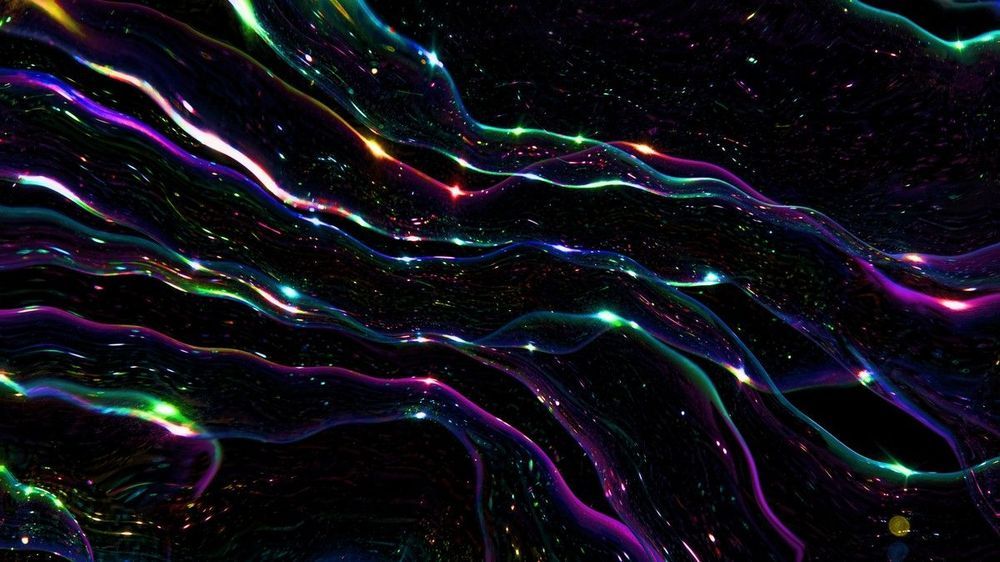

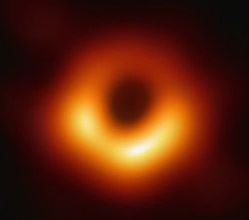
The image, and resulting data, has helped astronomers learn more about black holes in general, and this one in particular, making that two-year wait more than worthwhile. Part of the reason for the delay was simply the logistics of gathering so many observations. Each observatory collects data over a narrow range of wavelengths, resulting in massive amounts of information — the equivalent of up to 5,000 years of mp3 music files. That’s too much to just email someone. Researchers instead had to find ways to physically move that data around. For instance, to transport the information out of the South Pole Telescope in Antarctica, scientists had to wait until spring, when planes finally started flying out again.
Only then could researchers begin the complicated process of stitching together data from the eight observatories, a technique known as interferometry. The team had their work cut out for them: Raw files from each of the observing sites came in with different angles on the sky, in different wavelengths and at different observation times.
“The calibrating and working with it took many months,” Özel says. “And at the end we synthesize it into a single image.” But that’s still not the end of the work, she says. “[You] spend another six months worrying about all the things you might have done wrong, and ask yourself more and more questions, until finally you can be certain that what you have is real.”
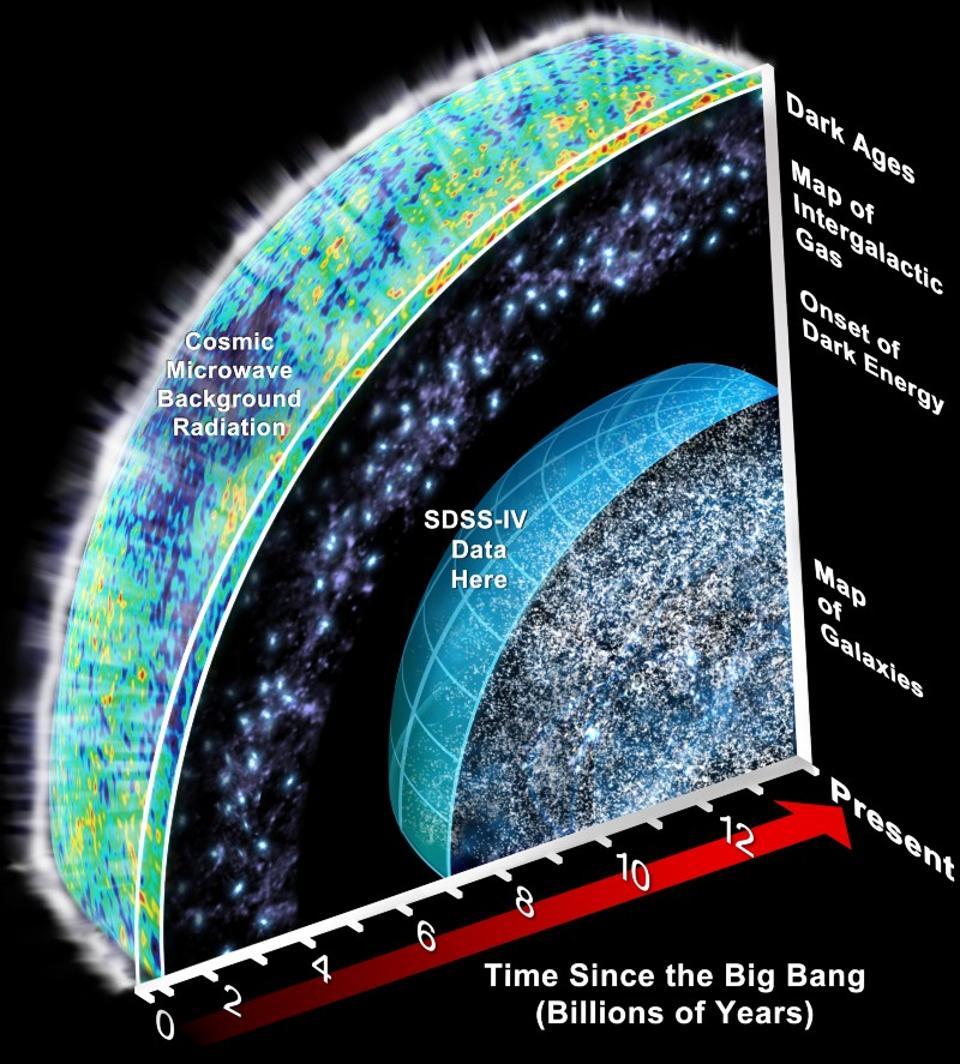
With each new year that comes upon us, there are a slew of new events awaiting us not only here on Earth, but throughout the entire observable Universe. Despite all appearances that things don’t change very much, particularly on cosmic scales, our planet, the Solar System, the galaxy, and even the entire Universe all undergo significant metamorphoses that are not only detectable, but that cumulatively add up as time goes on.
It might be easy to notice the major events as Earth orbits the Sun, such as the changing moon phases, eclipses, meteor showers, and comets passing through our skies. Variable stars change their appearances, new stars form, and old stars die. Occasionally we’ll even witness a cataclysmic event, such as a supernova, black hole merger, or gamma-ray burst. But even a single year can herald some amazing ways our Universe is forever altered.
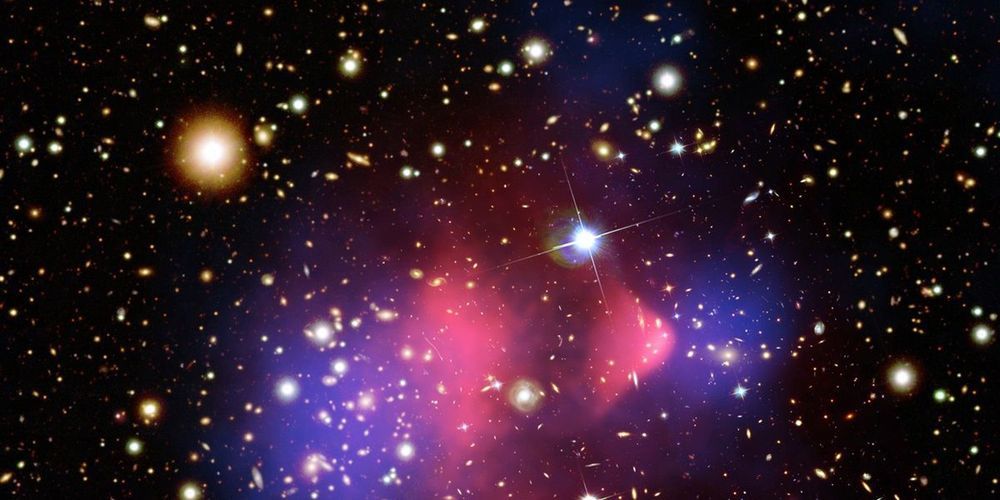
From the first black hole image to the first image of quantum entanglement, mankind achieved a lot in 2019!
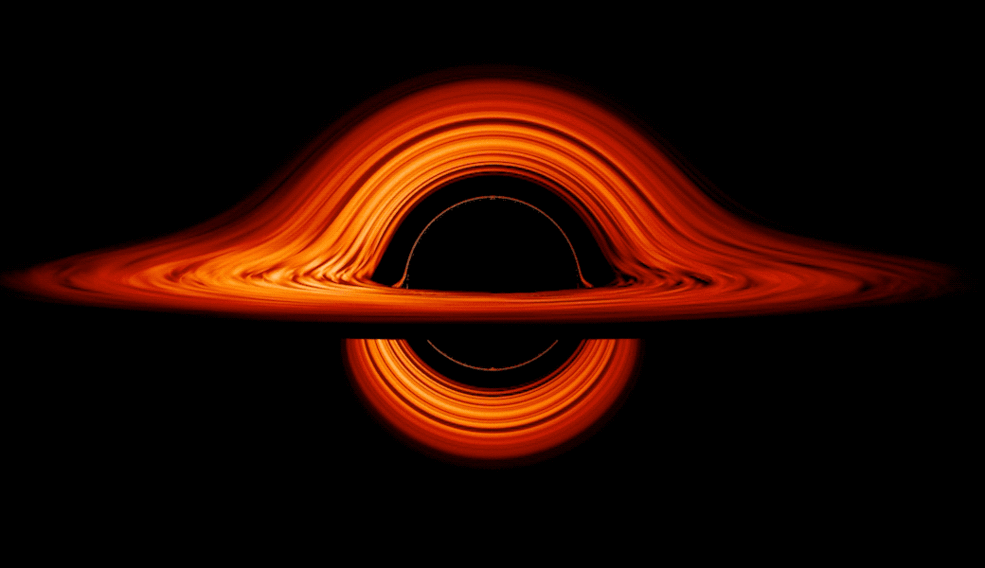
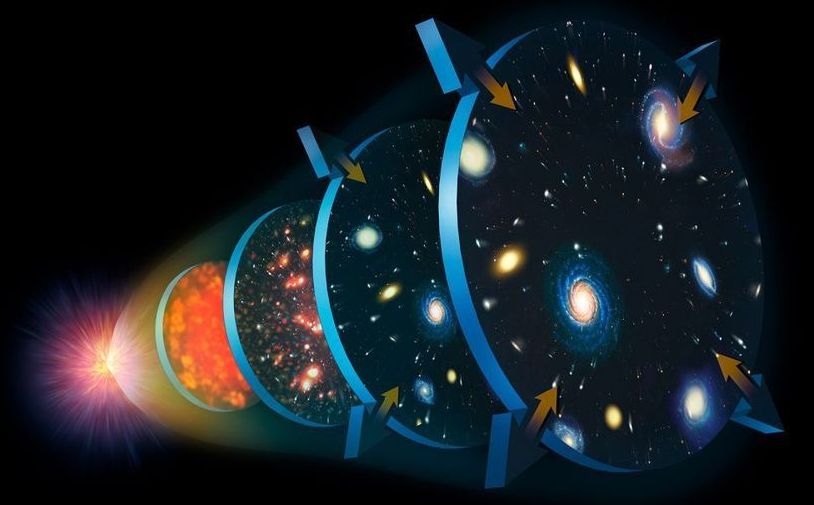
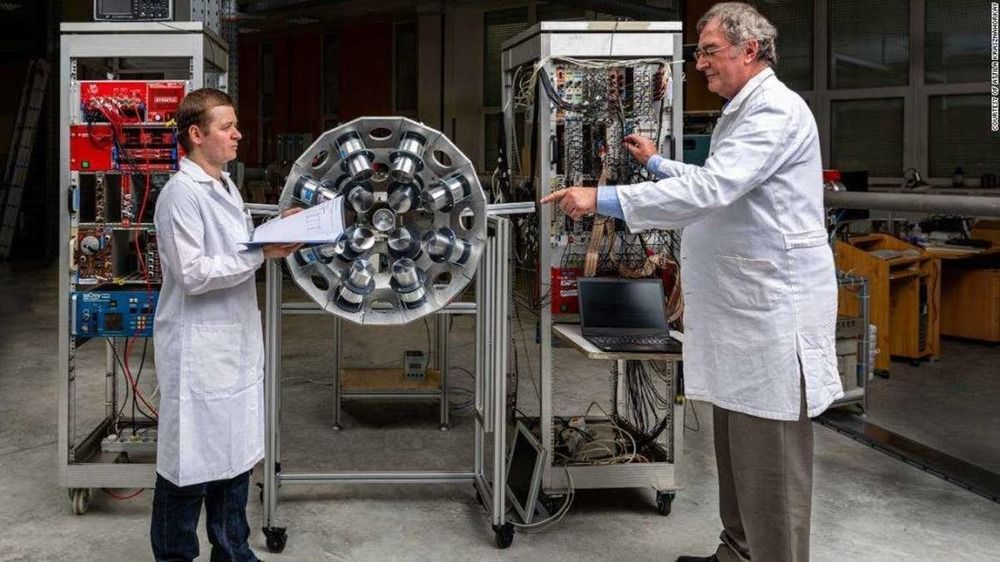
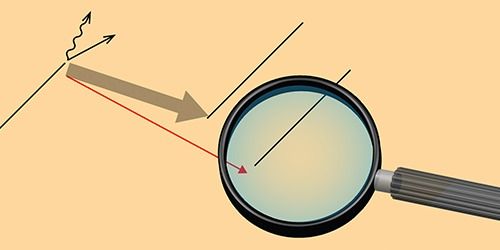
The discovery of an exceptionally strong “forbidden” beta-decay involving fluorine and neon could change our understanding of the fate of intermediate-mass stars.
Every year roughly 100 billion stars are born and just as many die. To understand the life cycle of a star, nuclear physicists and astrophysicists collaborate to unravel the physical processes that take place in the star’s interior. Their aim is to determine how the star responds to these processes and from that response predict the star’s final fate. Intermediate-mass stars, whose masses lie somewhere between 7 and 11 times that of our Sun, are thought to die via one of two very different routes: thermonuclear explosion or gravitational collapse. Which one happens depends on the conditions within the star when oxygen nuclei begin to fuse, triggering the star’s demise. Researchers have now, for the first time, measured a rare nuclear decay of fluorine to neon that is key to understanding the fate of these “in between” stars [1, 2]. Their calculations indicate that thermonuclear explosion and not gravitational collapse is the more likely expiration route.
The evolution and fate of a star strongly depend on its mass at birth. Low-mass stars—such as the Sun—transition first into red giants and then into white dwarfs made of carbon and oxygen as they shed their outer layers. Massive stars—those whose mass is at least 11 times greater than the Sun’s—also transition to red giants, but in the cores of these giants, nuclear fusion continues until the core has turned completely to iron. Once that happens, the star stops generating energy and starts collapsing under the force of gravity. The star’s core then compresses into a neutron star, while its outer layers are ejected in a supernova explosion. The evolution of intermediate-mass stars is less clear. Predictions indicate that they can explode both via the gravitational collapse mechanism of massive stars and by a thermonuclear process [3– 6]. The key to finding out which happens lies in the properties of an isotope of neon and its ability to capture electrons.

The fact that our Universe is expanding was discovered almost a hundred years ago, but how exactly this happens, scientists realized only in the 90s of the last century, when powerful telescopes (including orbital ones) appeared and the era of exact cosmo.
International Journal of Modern Physics has published an article by the IKBFU Physics and Mathematics Institute Artyom Astashenok and the Institute’s MA student Alexander Teplyakov. The article refers to the issue of the “Dark Enegry” and an assumption is made that the Universe has borders.
Artyom Astashenok told: